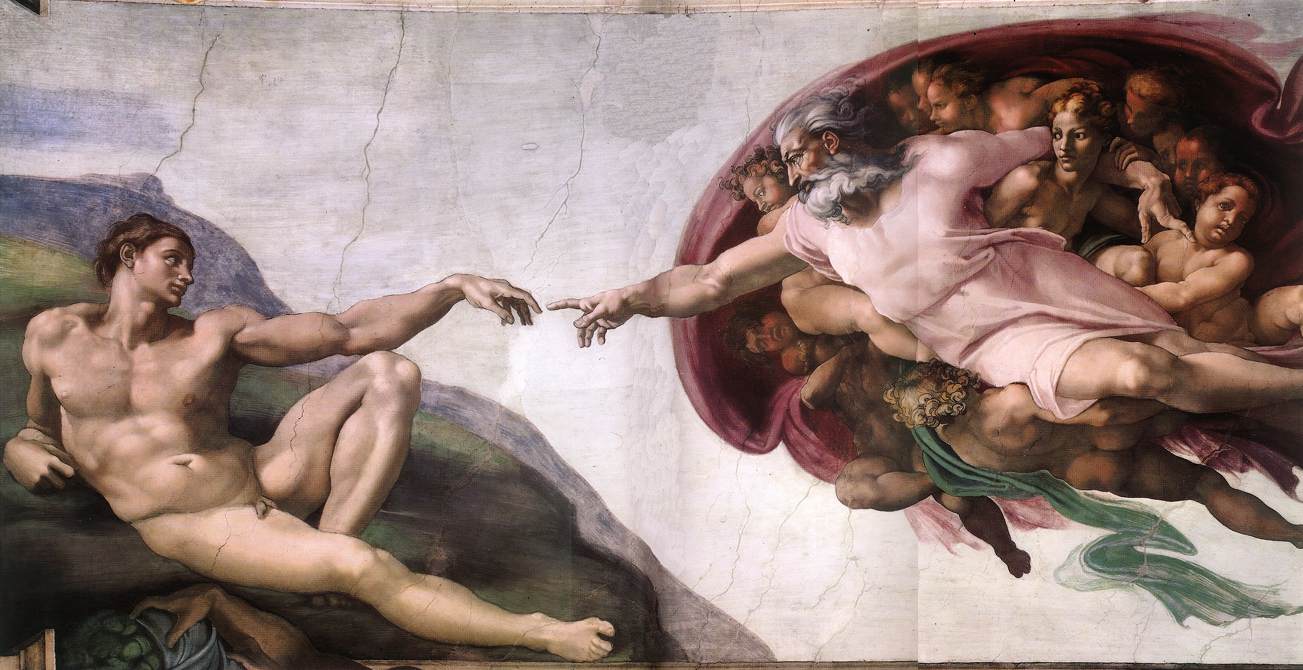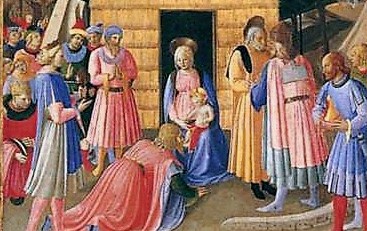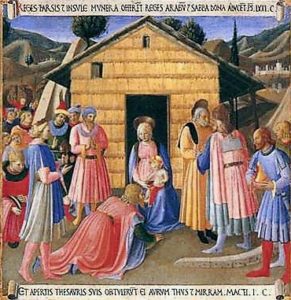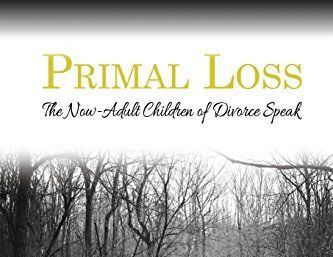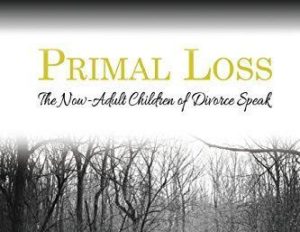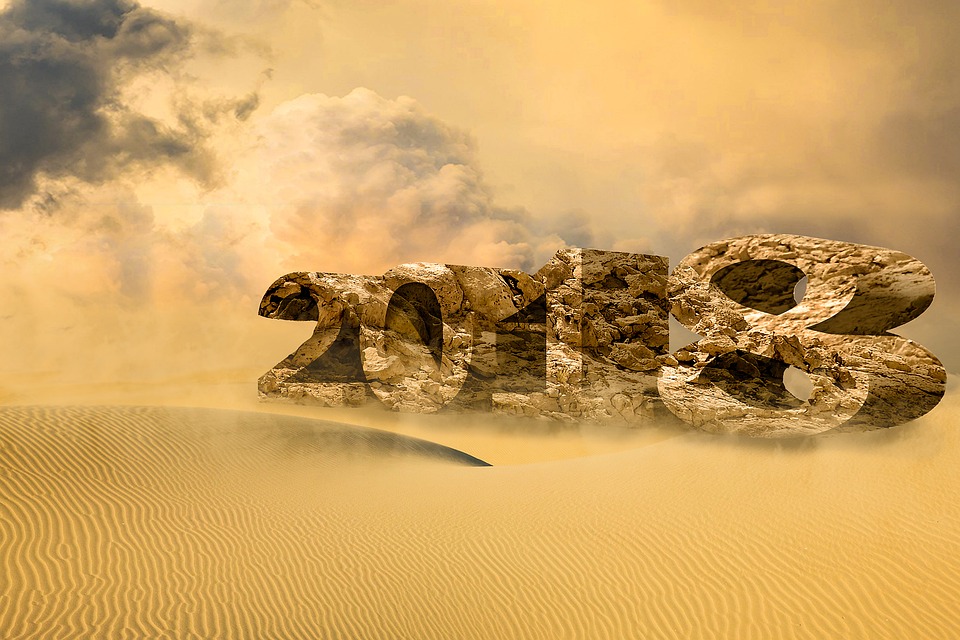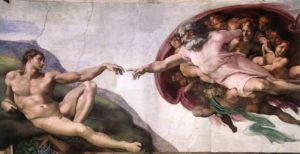
Anthropology is, most simply, the science or study of human beings through time and space. Different specialties focus on the analysis of biological/physiological characteristics and the examination of societies/cultures. In the religious sense, anthropology deals with the origin, nature, and destiny of human beings.
In our times there are many moral issues emerging from viewpoints that diverge widely from our given nature, both physical and spiritual. Numerous false notions (e.g., “transgenderism”) have arisen that either disregard or even deny physical data. Other errors involve ignoring the clear evidence of humans’ spiritual nature, which so distinguishes us from animals.
A Christian/biblical anthropology, however, sees the created order—and the human body in particular—as revelatory. The body is not just accidentally or incidentally present. No, the body is a revelation because through it, God speaks to us of who and what we are and what we ought to do. To this revelatory quality of the body God adds His own words in Scripture, leading to the emergence of a Christian anthropology.
In this essay I would like to review certain aspects of this Christian anthropology. This is by no means a complete or systematic treatise. Rather, it touches on certain key points that address modern errors. The order of these observations is not a perfect progression, but I have tried to progress from basic to more complex points.
We are the union of a body and a spiritual soul.
We are not merely our body nor are we merely our soul. We are the union of the two. Gnostic and dualistic anthropologies seek to divide body and soul or to indicate that a person is only his body or only his soul. Although we can distinguish body and soul intellectually, in reality they are so together as to be one. It is much like the flame from a candle. Although one can distinguish the light of the flame from its heat, one cannot put the heat over here and the light over there. They are so together as to be one. It is like this with our body and soul.
What is the soul?
On one level the soul is the animating principle of any living thing. Hence, even plants and animals have souls. The soul is related to the mysterious principle we call life. Although we casually use words like “life,” “death,” “living,” and “dead,” life is a mysterious reality. Imagine that in one hand I hold and acorn and in the other a stone. From a great distance they may even look alike. However, the acorn has the mysterious spark we call life while the stone does not. If I plant each in the ground and water the area, the acorn responds: first a shoot emerges and eventually a mighty oak tree. In contrast, the rock will do nothing no matter how long I wait; it does not have the mysterious spark called life. Neither does it have the animating principle we call the soul.
If the mysterious quality called life is taken away, the plant, animal, or human “dies.” Because the life that organized him/her/it is gone, the body or what is left falls into disorganization and decay. The force we call “life” and what we call the “soul,” are deeply mysterious.
What makes the human soul unique?
The human soul is different from that of animals and/or plants in that it is a spiritual soul. Scripture says of man, In the image of God He created them (Gen 1:27). It also says, Then the LORD God formed man from the dust of the ground and breathed the breath of life into [Adam’s] nostrils, and the man became a living being (Gen 2:7). To no other creatures are such attributions made. To say that we have a spiritual soul, that we have the breath of God within us and are made in His image, is to say that we have intellect and free will. It is our dignity to unite two orders of creation, the material and the spiritual, in our one person. Angels are pure spirit. Animals, though possessed of a soul (an animating principle), have no spirit and are thus material. Humans, however, unite the spiritual and the material. This is our glory and it is the central reason why our body will rise one day, gloriously transformed, and be restored to our spirit.
Sadly, there is a tendency today to equate humans with animals. Some say that humans are merely smart apes and that there are other creatures (e.g., dolphins) just as intelligent as we are. This is demonstrably false. You will know something by its fruits; you can see a cause by its effects. Humans are vastly different from all the other animals, even the highest primates, and this is evident in the effects we produce. While our bodies resemble other animals (especially mammals) in many ways, the similarity ends there. If the animals are just like us, where are their cities and farms? Where are their universities, libraries, and museums? Where is their art, their literature? Where are their legislatures where they pass laws or their courts where they hold one another accountable? Have they traveled to the moon and back? Have they learned and then handed on their knowledge to later generations? Where is their technological progress—or any progress at all, for that matter? Why are animals really no different than they were thousands of years ago?
Clearly there is a vast difference between human beings and other animals. This can be seen in the way we live and what we do, and in what they do not do.
Morally speaking, reducing humans to the state of animals not only robs us of our dignity but also our freedom, because it says that we are merely at the whim of instinct.
A common error today regarding the unity of body and spiritual soul is claiming that one is not one’s body but rather only one’s thoughts and feelings.
This is common among proponents of transgender and/or homosexual ideology. A certain man might say, “I am actually a woman.” A normally observant person would likely retort, “No, your body indicates that you are a man.” Yet, in transgender ideology, that observation is dismissed by saying, in effect, “I am not my body. My body has nothing to do with what or who I really am. I am my thoughts and feelings.” This amounts to a denial that our bodies are revelatory.
In homosexual ideology a similar error is encountered. A biological assessment makes it clear that the male and female reproductive organs are designed for each other. Further, an exit is not an entrance. Here, too, they dismiss the body as being of no relevance. This is pure Gnostic dualism: the body is of no account; one is only spirit, only thoughts and feelings. In such a world, what matters are intentions and thoughts; what the body teaches or indicates is of little account. This is an error because it dismisses the reality that the body presents to us.
The opposing but equally untrue claim is that one is only one’s body.
This is materialism and it denies the existence of soul. In this view, a person is merely a collection of chemicals and interactions between them. We only do what the chemicals and nerves “tell us” to do. We have no spirit and thus no free will. Because human behavior is said to be merely the result of physical interactions over which we have no control, there is no such thing as right or wrong. The absurdity of such a claim can be illustrated in this way:
Materialist: “You are just matter, a mere bag of chemicals.”
Believer: “I think that is dead wrong and an unfounded claim.”
(The materialist then becomes angry at the believer’s refusal to accept his claim.)
Believer: “Why are you angry? I am just a bag of chemicals and my behavior is just the result of the random firing of synapses. I am only saying and doing what those forces are making me say and do. Hence, I am not a responsible agent and your anger is unfounded.”
Obviously, the notion of right and wrong and of being accountable for our actions only makes sense if we have a spiritual soul that is able to rise above the effects of chemical reactions or nerve impulses.
We come in (only) two kinds.
In the creation of the human person, God says, So God created man in His own image; in the image of God He created him; male and female He created them (Gen 1:27). There are not dozens of different sexes/genders, as some assert. In fact, until recently, the word “gender” was used almost exclusively as a grammatical term (in some languages, nouns, adjectives, verbs, and/or pronouns have a gender) while the word “sex” referred to the classification of organisms as either male or female. (If you doubt me, look in a dictionary that was published any time prior to the last ten years or so.)
Yes, we are either male or female, and it is God who designates this and creates it. Our bodies reveal to us our sex, as designated by God. There is no need for a lengthy study of this matter; it is quite evident from a simple look at the body.
Some object that there are people born with both genitalia or who are ambiguously equipped, but the existence of such abnormalities does not indicate that there is a third (or fourth or more) sex. It does not follow that every anomaly indicates a different kind of human being. For example, some babies are born missing an arm; from this we do not conclude that there are two different sorts of human beings, those with two arms and those with one.
Therefore, given God’s teaching that we are either male or female, any acceptance of “transgender” ideology is inimical to Christian anthropology. It rejects what God has revealed to us in our bodies and what He teaches us in His written word. We must refute claims that there are more than two sexes/genders and insist that people accept the reality of what God has done. There is no such thing as a female “trapped in a male body” or vice versa. Neither can one “transition” so as to “be” the opposite sex. No matter how many surgeries one endures or how many hormones one takes, no matter what sort of clothing one wears, one’s sex cannot be changed. It is written in every cell of the body. One does not simply declare one’s sex nor can one change it. No, each person must humbly accept his or her sex from God, who is Creator and Lord.
In tomorrow’s post we will look at some other principles of Christian anthropology and relate them to errors of our day.
Cross-posted at the Catholic Standard: Basics of Christian Anthropology (part 1 of 2)

